
In the Search for the SWEETest Pear
Plant Physiology, Plant Physiology: News and Views, ResearchIf you close your eyes and think about the most delicious fruit you have ever tasted, it is likely that one specific characteristic will come to mind (and mouth!): its sweetness. Humans have a natural appreciation of plant sugars, and it is no surprise that enhanced sugar content is among the most desired…
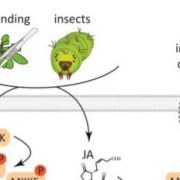
Defense, fast and slow: activation of different MAPK pathways in response to wounding
Research, The Plant Cell, The Plant Cell: In BriefIn a world full of herbivores and mechanical stresses, the ability to sense and respond to wounding is crucial for plants, as injuries open doors for phytopathogen entry and allow uncontrolled evaporation. Wounding triggers local and systemic defenses that heal injuries, make plants taste unpleasant…
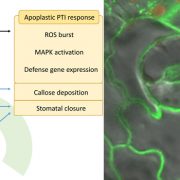
A closed mouth catches no pathogens: how plants sense bacteria and regulate stomata
Research, The Plant Cell, The Plant Cell: In a NutshellChan, Panzeri, et al. show how a receptor-like kinase regulates stomatal immunity by phosphorylating an anion channel that mediates closure of stomata. Plant Cell. https://doi.org/10.1105/tpc.19.00578
By Ching Chana,b and Laurent Zimmerlia
aDepartment of Life Science and Institute of Plant Biology,…

What makes a paper *really* pioneering?
Blog, Plantae Webinars, Science Communication0 Comments
/
What makes a paper *really* pioneering?
Recorded Friday, May 8, 2020
About This Webinar
With the benefit of hindsight, we can all recognize key ideas and innovations that opened up new avenues of research or provided radical new insights. But is it possible to learn how to recognize these pioneering…
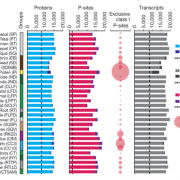
Tissue-resolved multi-omics atlas of Arabidopsis (Nature)
Plant Science Research WeeklyArabidopsis as a model system has been intensively studied over the past twenty years, but the proteome of Arabidopsis has been less well characterized. Here, Mergner et al. report the first 30-tissue-type integrated proteome, phosphoproteome and transcriptome atlas of Arabidopsis. The data cover the…
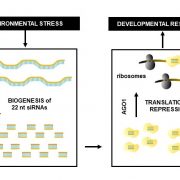
Plant 22-nt siRNAs mediate translational repression and stress adaptation (Nature)
Plant Science Research WeeklyAmong the myriad small interfering RNAs, 21- and 24-nucleotides siRNAs control plant development and immunity through mRNA cleavage and RNA-directed DNA methylation, respectively. Still, the regulation and biological function of 22-nt siRNAs remain unresolved. In this report, Wu and coworkers investigated…
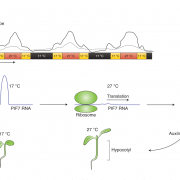
An RNA thermoswitch regulates daytime growth in Arabidopsis (Nature Plants)
Plant Science Research WeeklyPlants are sessile organisms and as such they must be highly responsive to environmental cues including temperature, and adjust their growth and development accordingly. Considering that mean global surface temperatures are expected to continue to rise dramatically in the 21st century, it is crucial…
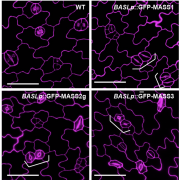
MASS proteins and stomatal development in Arabidopsis (PLOS Genetics)
Plant Science Research WeeklyStomata are the pores surrounded by a pair of guard cells on the plant epidermis that help in gaseous exchange. The number and spacing of stomata are regulated by a series of phosphorylation and de-phosphorylation events of key transcription factors through the mitogen-activated protein kinase (MAPK)…

Intertwined signatures of desiccation and drought tolerance in grasses (PNAS)
Plant Science Research WeeklyDesiccation tolerance (i.e., the capacity of surviving with very low water content) is widespread in seeds and pollen, but quite rare in vegetative organs. Most authors agree that in angiosperms it originated multiple independent times from rewiring seed desiccation tolerance pathways. Here, Pardo et…

